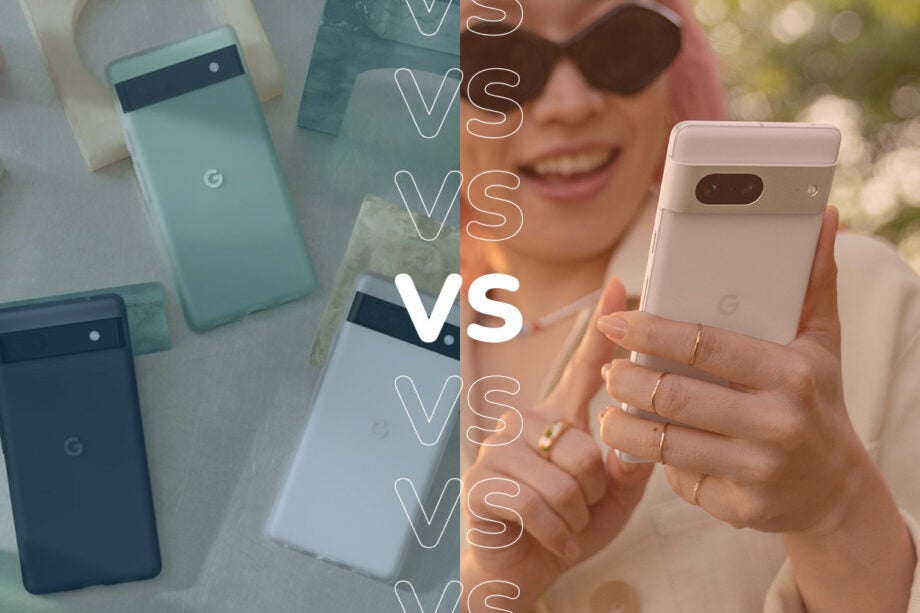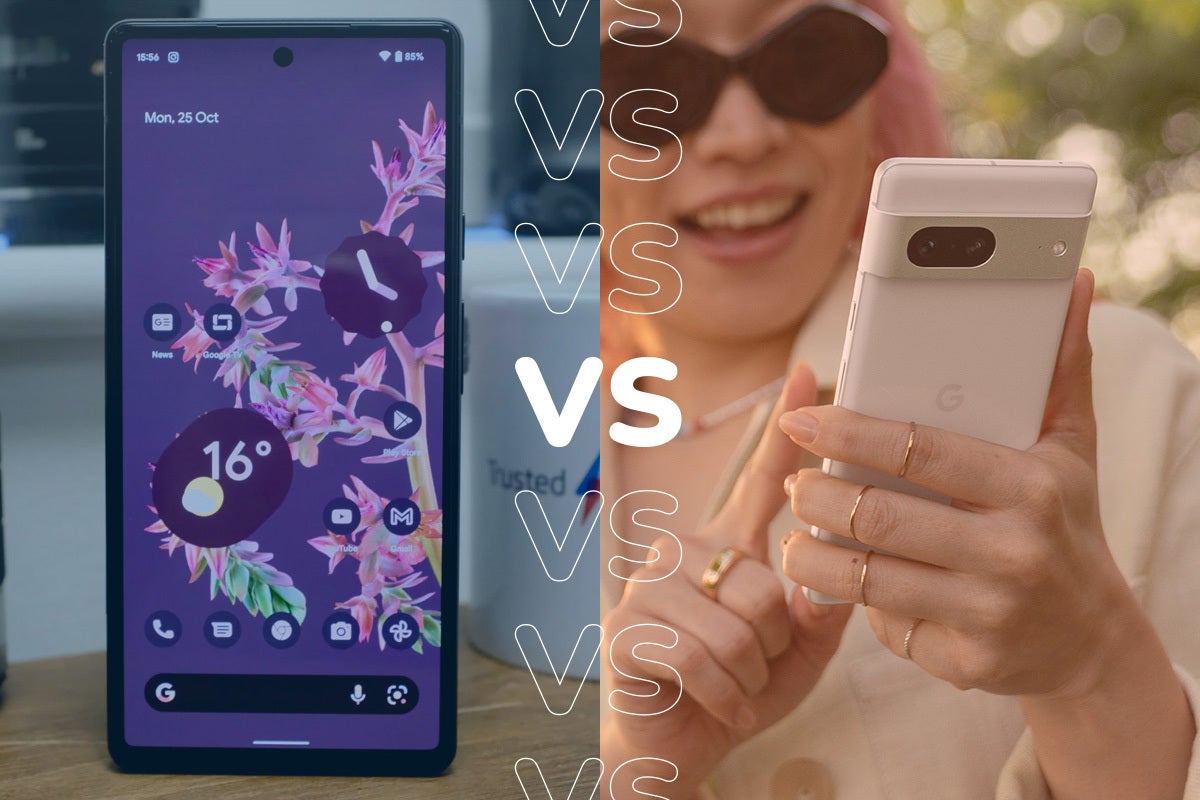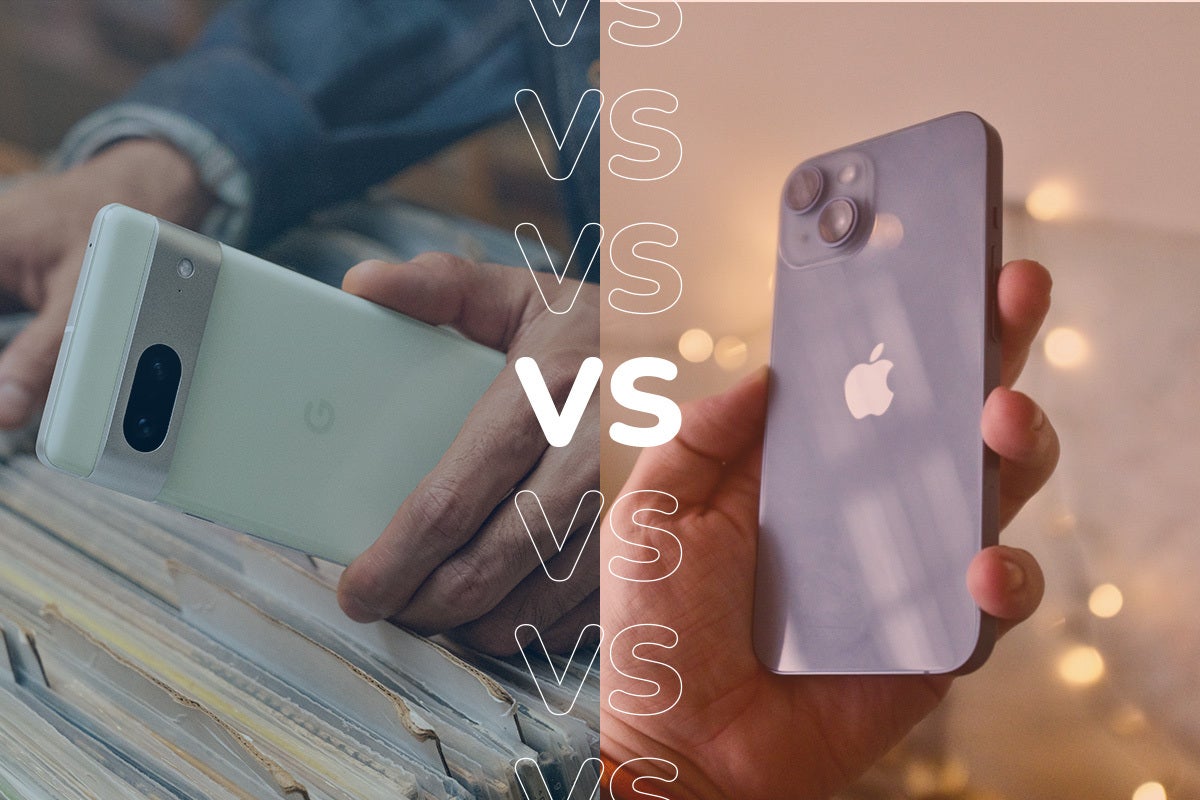Google Pixel 7 vs Google Pixel 6a: Is it worth the upgrade?

The Pixel event brought with it a batch of new hardware, but how do the latest Pixel handsets compare against what came before?
Google has been busy this year, announcing two new handsets, the Pixel 7 and Pixel 7 Pro, as well as the company’s first-ever wearable device, the Pixel Watch.
But how does the latest Pixel 7 handset compare with the company’s older handsets, specifically the affordable Pixel 6a? Keep reading to find out all the key differences between these devices to see which is better for you.
The Pixel 6a is more affordable
The Pixel 6a was announced after the Pixel 6 and Pixel 6 Pro, coming in as the more affordable option for anyone looking to own a Google handset. The Pixel 6a can be found on the Google Store for just £349, now discounted from the £399 original price tag.
Unsurprisingly, the Pixel 7 is the most expensive option out of the two. This is expected, as not only is this a newer generation of Pixel, but it also boasts more features and software than the Pixel 6a, sporting a larger screen and a more impressive camera.
The Pixel 7 can be found on the Google Store for pre-order, with a starting price of £599, meaning that you will need to splash out more money if you’re after the newest handset from Google.

The Pixel 7 has a new design
The new Pixel 7 Series has seen a significant update when it comes to the design; while it still sports the camera bar that was found in the last generation, the Pixel 7 now has a metallic finish, with the camera housed inside a rounded circle instead of laying flat against the panel.
Plus, it looks like Google has ditched the two-tone design that can be found on the Pixel 6a, with the camera bar splitting the device into two colours. Now, the Pixel 7 can be found in three colourways, Lemongrass, Obsidian and Snow, but with one consistent tone throughout, giving it a more uniform look.
The Pixel 7 has a new chipset
The Pixel 6a comes with the Google Tensor chipset, which is the company’s first custom smartphone SoC, while the Pixel 7 sports the latest Google Tensor G2 chipset.
Tensor G2 is built on a new architecture which seemingly uses Samsung’s 4nm manufacturing process, which is an improvement on the original chip’s 4nm node since the company will be able to add more transistors onto the processor, resulting in enhanced performance.
Since we haven’t tested the latest Pixel 7 yet, we can’t make any definitive claims on its speeds, but Google has mentioned that some features have heavily benefited from the new chipset, with improved speech recognition being singled out, as the device can now automatically transcribe audio messages on Google’s Messages app as soon as they arrive.

The camera on the Pixel 7 is more impressive
The Pixel 7 now boasts a 50-megapixel Octa PD Quad wide camera that is capable of f/1.85 aperture, an 82-degree field of view and an LDAF (laser detect auto-focus sensor. Compared to the Pixel 6a, it houses a 12.2MP wide camera with an aperture of f/1.7 and 77-degrees of view.
They do use the same 12MP ultrawide camera, although the latest Pixel handset does have a 10.8MP front camera, while the Pixel 6a features an 8MP front camera.
Photo Unblur and Motion Mode are also available on the Pixel 7 and not the Pixel 6a, suggesting that any aspiring photographers should upgrade to the latest handset for the best pictures.




